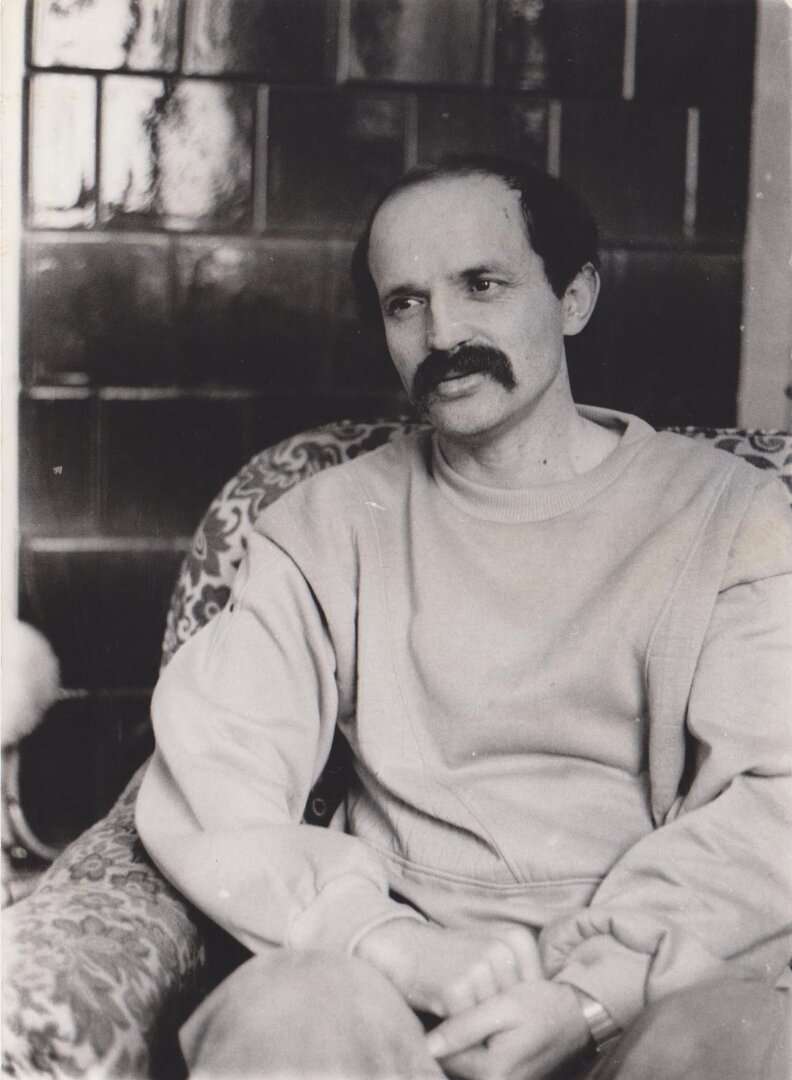Bibliography
Balogh, Attila. 1978. Lendítem lábamat. Budapest: Szépirodalmi.
Balogh, Attila. 1991. Versei. Budapest: Cserépfalvi. Cover
Balogh, Attila. 2014. Óvatos emlékezés. Marosvásárhely: Lector. Cover
Balogh, Attila. 2016. A lélek infarktusai. Marosvásárhely: Lector. Cover
Bari, Károly. 1970. Holtak arca fölé. Budapest: Szépirodalmi. Cover
Bari, Károly. 1983. A némaság könyve. Budapest: Szépirodalmi. Cover
Daróczi, József Choli. 1981. Fekete korall. Budapest: Táncsics.
Daróczi, József Choli; Feyér, Levente. 1988. Zhanes Romanes? Cigány nyelvkönyv. Magyarországi Cigányok Kulturális Szövetsége.Budapest.
Daróczi, József Choli. 1990. Isten homorú arcán. Budapest: Orpheusz. Cover
Daróczi, József Choli. 1991. Csontfehér pengék között. Budapest: Széphalom. Cover
Csemer, Géza. 1994. Habiszti, szerzői. Budapest.
Csemer, Géza. 2001. Szögény Dankó Pista. Budapest: Polgart. Cover
Csemer, Géza. 2001. Digesztor. Budapest: Reneszánsz Roma Műhely Alapítvány. Cover
Csemer, Géza. 2004. ›Czinka Panna‹, ›Piros karaván‹ és egyéb színpadi művek. s.l: Reneszánsz Roma Műhely Alapítvány. Cover
Gyurkó, Andrea. Kovács, József Hontalan (ed.). 1999. Das Buch der Ränder. Roma-Lyrik aus Ungarn. Aus dem Ungarischen von Andrea Gyurkó unter Mitarbeit von Cecile Cordon. Aus dem Ungarischen ins Romanes von Endre Bihari und József Choli Daróczi. Klagenfurt: Wieser. Cover
Djurić, Rajko. 2002. Die Literatur der Roma und Sinti. Berlin: Parabolis.
Holdosi, József. 1978. Kányák. Budapest: Szépirodalmi. Cover
Holdosi, József. 1980. Glóriás – Dac. Budapest: Szépirodalmi. Cover
Holdosi, József. 1987. Cigánymózes; Fogoly; Hajh, cigányok, hajh, kányák! Budapest: Szépirodalmi. Cover
Jónás, Tamás. 1997. Cigányidők. Szombathely: Bár. Cover
Jónás, Tamás. 1999. Bentlakás. Budapest: Noran. Cover
Jónás Tamás. 2003. Ő. Budapest: Magvető. Cover
Jónás Tamás. 2006. Kiszámítható józanság. Budapest: Magvető. Cover
Jónás, Tamás. 2006. Als ich noch Zigeuner war. Wien: Kortina.
Jónás, Tamás. 2008. 35, Gedichte und Erzählungen. Wien: Büroabrasch Verlag.
Jónás Tamás. 2008. Önkéntes vak. Budapest: Magvető. Cover
Jónás, Tamás. 2013. Apuapuapu. Arad: Concord Media Jelen. Cover
Jónás, Tamás. 2013. Lassuló zuhanás. Budapest: Magvető. Cover
Jónás, Tamás. 2016. Törzs. Budapest: Magvető. Cover
Kelemen, Zoltán. 2007. Szélkönyvek. Szeged: Lazi.
Kovács, József Hontalan. s.a. Ismeretlen cigányének. Budapest: Ipari Totál Kft.
Kovács, József Hontalan. 1997. A nemzet szemtdombjai. Cikkek, interjúk, riportok cigányokról és más népcsoportokról. Pécs: Cigány Kulturális és Közművelődési Egyesület.
Lakatos, Menyhért. 1975. Füstös képek. Budapest: Magvető.
Lakatos, Menyhért. 1981. Csandra szekere. Budapest: Szépirodalmi. Cover.
Osztojkán, Béla. 1981. Halak a fekete citerában. Budapest: Szépirodalmi.
Osztojkán, Béla. 1985. Nincs itthon az isten. Budapest: Magvető.
Osztojkán Béla. 1997. Átyin Jóskának nincs, aki megfizessen. Budapest: Fekete Sas. Cover.
Szécsi, Magda. 2005. Időtépő. Budapest: Széphalom Könyvműhely.
Szécsi, Magda. 2007. Cigánymandala. Budapest: Széphalom Könyvműhely.





